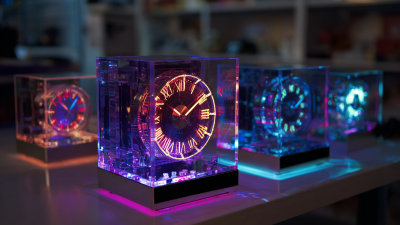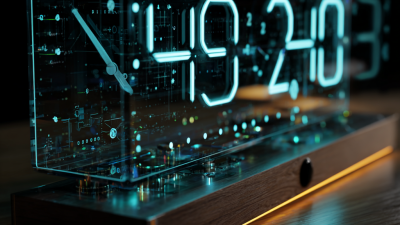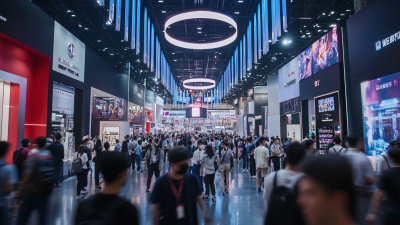In recent years, the evolution of LED clock technology has significantly transformed our approach to timekeeping, blending functionality with aesthetic appeal. An LED clock, characterized by its bright, energy-efficient displays, has become a ubiquitous presence in both homes and workplaces, serving as more than just a device to tell time. This blog delves into the fascinating journey of LED clocks, tracing their development from rudimentary digital displays to sophisticated designs that seamlessly integrate with smart home technology. As we explore the impact of these innovations on modern timekeeping, we will consider how LED clocks have redefined our relationship with time, offering not only practicality but also enhancing the ambiance of our living spaces. Join us as we uncover the pivotal role that LED clocks play in today's fast-paced world, shaping our perceptions of time in ways we might not have imagined.
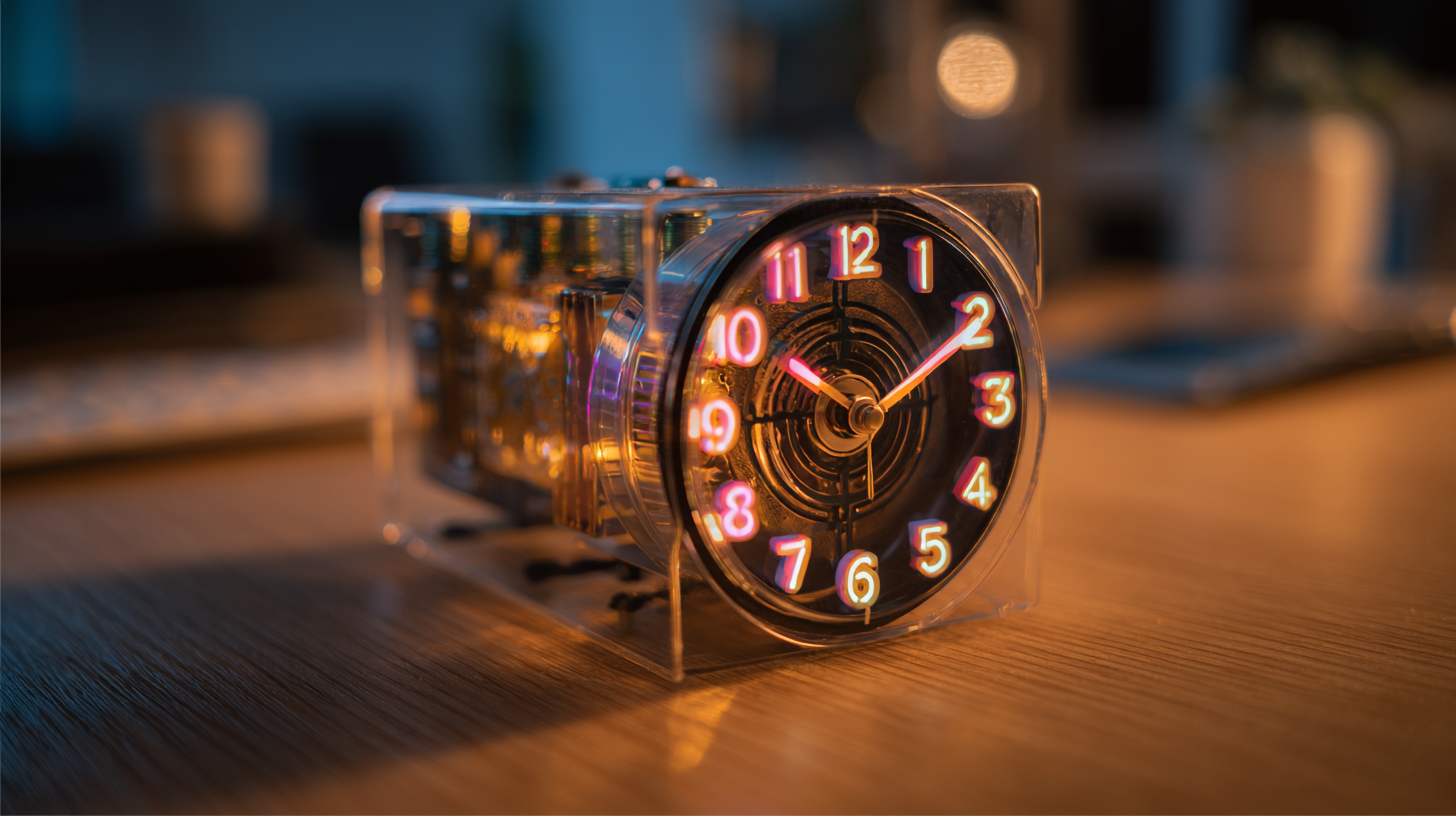
Before the advent of LED technology, timekeeping was primarily reliant on mechanical and analog systems. Historically, time was measured using sundials, water clocks, and later, mechanical clocks, which could often be inaccurate due to changes in temperature or humidity. According to a study by the International Society for Chronometry, the precision of timekeeping improved significantly with the introduction of pendulum clocks in the 17th century, achieving accuracies of up to one second per day.
As technology progressed, electric clocks emerged, providing a more reliable alternative. By the mid-20th century, quartz technology revolutionized the industry, with quartz crystal oscillators offering stability and accuracy that mechanical systems could not match. A report from the National Institute of Standards and Technology highlights that quartz clocks can achieve precision within one second over a period of several years, setting a new standard in the realm of timekeeping.
Tip: When selecting a timekeeping device today, consider the type of technology it uses. For precision and reliability, opt for digital or LED clocks that incorporate quartz movements, providing unmatched accuracy in your daily life.
Tip: Always keep your timepieces away from extreme temperatures and magnetic fields to ensure their longevity and precision, a practice that was invaluable even to the great clockmakers of the past.
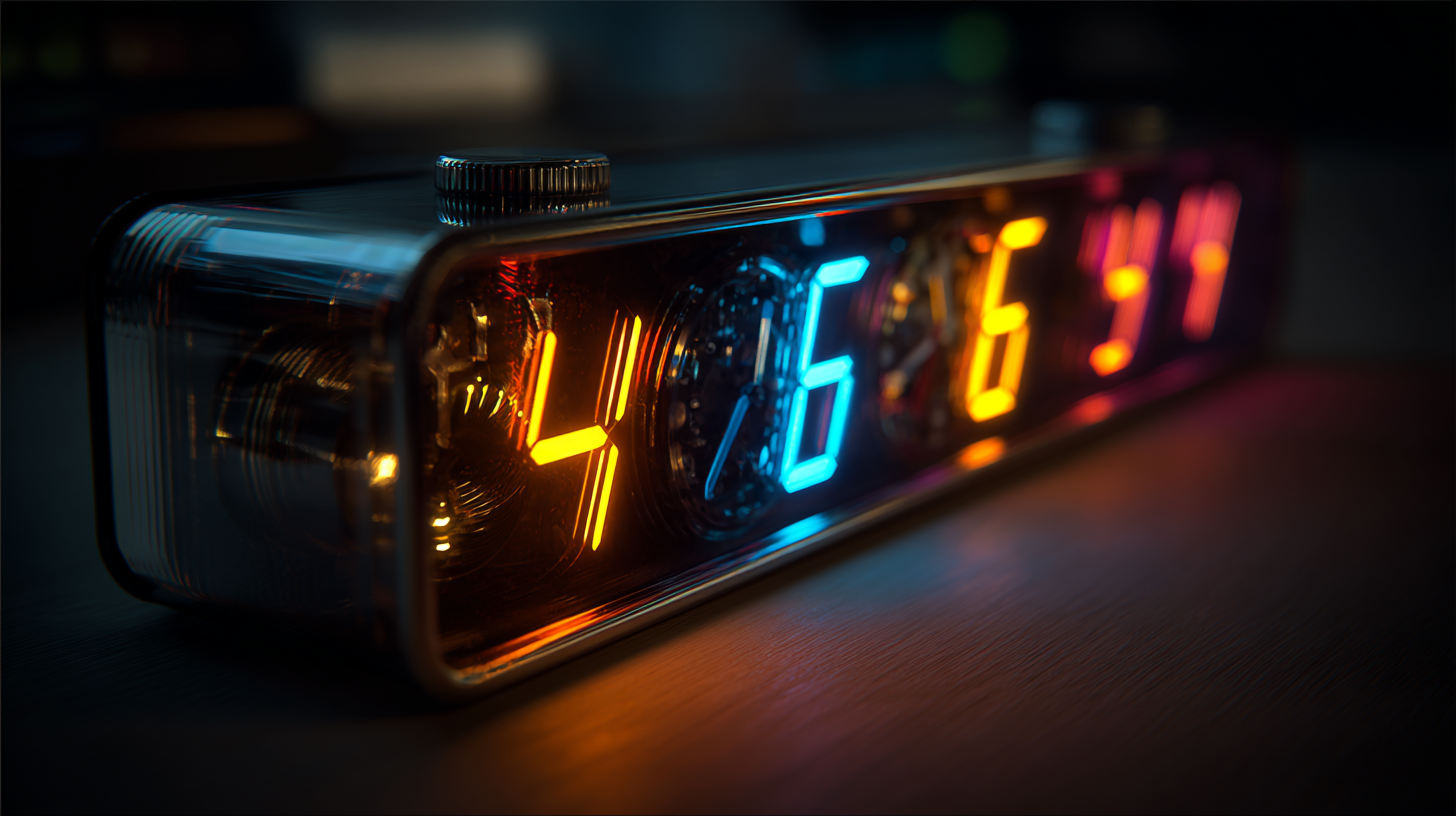
The evolution of LED clock technology has transformed the way we perceive time, integrating convenience and style into our daily routines. One of the key innovations that shaped LED clock design is the development of energy-efficient LED bulbs, which not only enhanced brightness but also significantly reduced power consumption. As technology advanced, these bulbs became more versatile, allowing for various colors and patterns that cater to aesthetic preferences and functional needs.
Another significant innovation is the incorporation of smart technology into LED clocks. Features such as Bluetooth connectivity, alarms, and even voice command functionality have revolutionized traditional timekeeping. This seamless integration with smart home systems enhances user experience, making it easier for individuals to manage their time effectively within a digital framework.
Tips for choosing an LED clock include considering the display size and brightness, especially for bedrooms or working spaces. Look for clocks with adjustable settings to suit different environments. Additionally, opt for models with multiple functionalities, such as a calendar or temperature display, to maximize usability and add value to your timekeeping experience.
The advancement of LED technology has revolutionized the landscape of timekeeping, particularly through its application in clock designs. Unlike traditional incandescent bulbs, which emit light through heat and consume significantly more energy, LEDs are semiconductor devices that convert electricity directly into light. This transformation not only enhances energy efficiency—reportedly reducing power consumption by up to 80%—but also prolongs the lifespan of clock displays, with LEDs often lasting over 25,000 hours.
Moreover, the precision of LED clocks has improved the accuracy of timekeeping in modern devices. According to a report by the Institute of Electrical and Electronics Engineers (IEEE), LED-based timekeeping systems can achieve time measurements with deviations of less than one second over long periods. This accuracy is crucial in various applications, from household clocks to professional devices used in aviation and telecommunications.
With their vibrant visibility and energy efficiency, LED clocks embody a significant leap forward in both functional design and technological advancement.
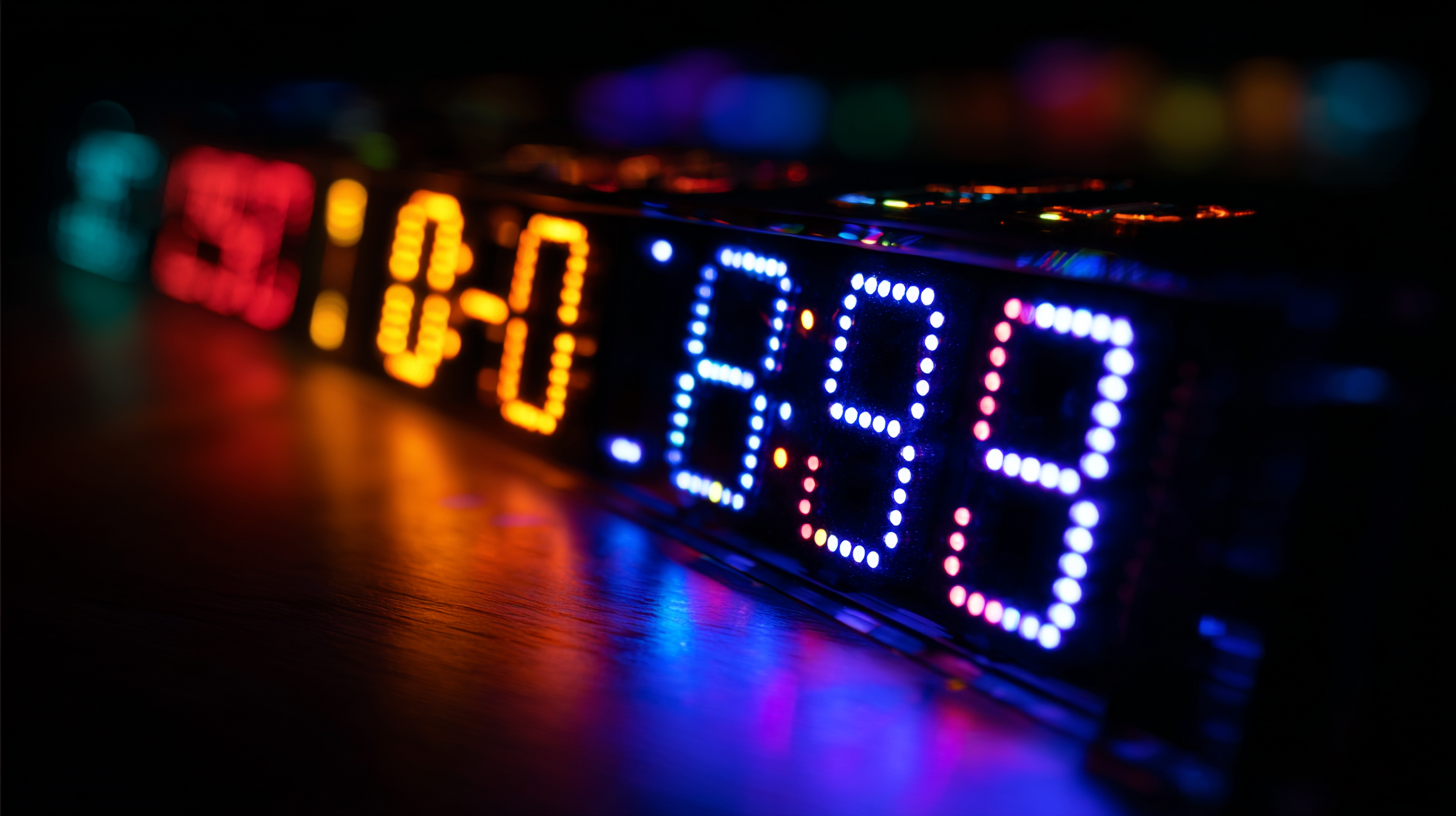
The transition from traditional analogue clocks to LED clocks marks a significant evolution in technology that shapes modern timekeeping. One of the primary advantages of LED clocks is their readability; with bright, clear digits, they can be easily seen from a distance or in low-light conditions. This clarity is particularly beneficial in educational settings, where reports indicate that analogue clocks are being phased out due to children's diminishing ability to read them. LED clocks not only simplify the process of telling time but also enhance the overall learning experience for young students.
Additionally, LED clocks often come equipped with innovative features such as alarms and customizable displays, making them superior in functionality compared to traditional timepieces. For instance, recent advancements have led to the creation of smart alarm clocks that integrate various functions, including news alerts and mood lighting. These capabilities cater to a tech-savvy generation that values versatility and convenience. As educational institutions and households increasingly embrace LED technology, it becomes evident that these modern timekeeping devices are not just a trend but a critical component of contemporary life.
As LED clock technology continues to advance, its integration with smart technology becomes increasingly prevalent. The global smart clock market is anticipated to reach $3.5 billion by 2025, reflecting the demand for innovative timekeeping solutions that seamlessly blend functionality with connectivity. These modern LED clocks not only display the time but can also connect to various smart home systems, enabling users to control lighting, set reminders, and adjust home environments through intuitive interfaces.
Furthermore, the rise of IoT (Internet of Things) has transformed conventional LED clocks into multifunctional devices. Reports indicate that by 2024, over 50% of clocks utilized in households will have smart capabilities, allowing them to sync with other smart devices and adapt to users’ behaviors and preferences. This shift not only enhances user experience but also aligns with the growing trend towards energy efficiency, as many LED clocks utilize low power consumption technology while providing a range of features that were once unimaginable in traditional timekeepers.
| Aspect | Description | Impact | Future Trends |
|---|---|---|---|
| Light Emitting Diode (LED) Technology | Initial introduction of LED technology for clock displays increased visibility and longevity. | Reduced energy consumption and improved lifespan compared to traditional bulbs. | Integration with smart home systems and energy-efficient applications. |
| Digital Displays | Transition from analog to digital displays enhances ease of reading. | More user-friendly displays catering to a technology-savvy audience. | Innovations in customizable displays using smart technology. |
| Smart Technology Integration | LED clocks now often include features such as alarms, timers, and connectivity to mobile devices. | Enhanced utility and multifunctionality of timekeeping devices. | Increased connectivity with IoT devices and smart home ecosystems. |
| Energy Efficiency | LED clocks consume significantly less power than traditional models. | Lower electricity bills and a reduced carbon footprint. | Continual advancements in energy management systems and solar-powered clocks. |
| User Experience | Modern LED clocks often feature touch screens and voice activation. | More interactive and responsive user experience. | Enhanced personalization through AI and machine learning. |

